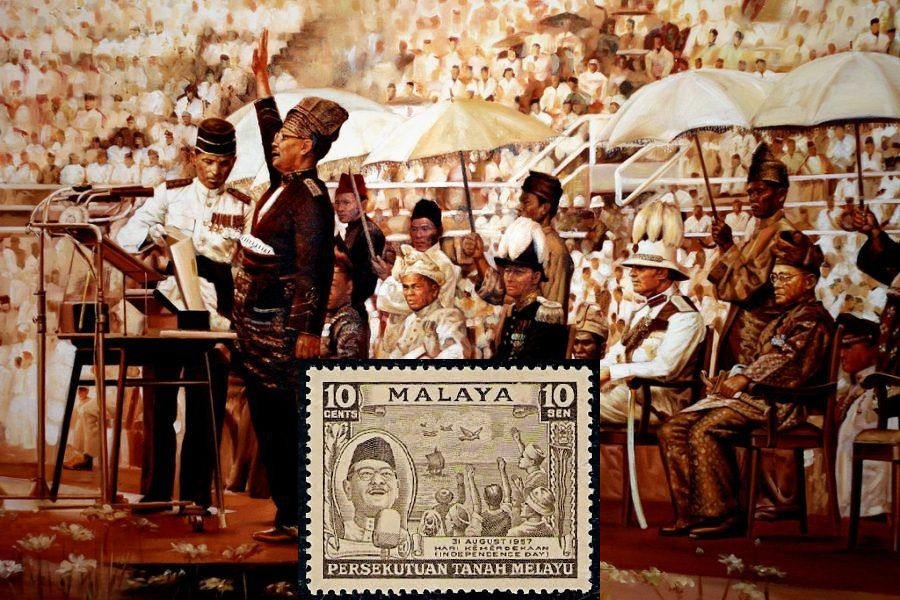By Datuk Eu Hong Chew
IN the current economic climate where the prospects of many oil and gas companies looked depressing, Petron Malaysia Refining and Marketing Bhd (Petron Malaysia) is worth a deeper look.
Petron Malaysia had its roots in 2012 when the San Miguel Corporation of the Philippines acquired ExxonMobil’s interests in Esso Malaysia Bhd.
Petron Malaysia has two major operations:
- Refining of crude oil
- Distribution and marketing of petroleum products. This includes its service stations network.
In the ExxonMobile days, it was focussed on the refining business.
Today Petron Malaysia is in the retailing and wholesaling of petroleum products under the Petron brand. The refinery has become a “manufacturing facility” for its retailing and wholesaling business.
This is an important change in the business direction with about 90% of its revenue from domestic sales.
Growth masked by declining crude oil prices
To see how Petron Malaysia has performed since the change in ownership, I charted three indices – revenue, profit after tax and gross profitability (defined as gross profit/total assets).
- Revenue in 2019 is about the same as that in 2012. Over the past eight years, revenue was below that 2012 level most of the time.
- Annual profits were above the 2012 level for five years. However, there were losses in 2013 and 2014.
- There was no discernible gross profitability trend. This is in spite of the variation in profits and the decline in the price of crude oil since 2012. Good.

But the revenue and net profit trends masked hidden transformations.
- From 2012 to 2014, the average ROE was 2% but for the past three years, it averaged 17%.
- Petron Malaysia has gained market share. In 2013, its revenue was 34.3% of that of Petronas, the industry leader. By 2019, it has grown to 38.0%. From 2012 to 2019, its sales volume increased by about 24% compared with Petronas’ 4%.
Chart 2 shows that while the RM revenue has not grown, sales in the number of barrels of oil have grown by 24%. The decline in the per-unit value of products has masked physical growth.
When the oil price recovers, we should thus see significant improvements in profits.

Opportunities and threats
All the oil and gas retailing companies in Malaysia have to contend with two issues:
- Threat to the service station business model.
- Malaysian Automatic Pricing Mechanism (APM).
The advent of the electric car and changing consumer expectations are disrupting the fuel retail market.
This is a global phenomenon and the consulting group BCG has opined that up to 80% of the service station business model as currently constituted may be unprofitable in about 15 years.
Petron Malaysia will have to re-invent itself to meet this challenge. However, there are three positive things for them:
- It will have to reinvest: Given its re-investment track record, this should not be an issue.
- It sees itself as a sales and marketing company: This mindset may give it a first-mover advantage to re-invent the fuel retail network.
- Petronas is the dominant player in Malaysia: Like the taxi industry, there will be political-economic forces to delay the effects of the disruption. This may buy Petron Malaysia time to re-invent itself.
Secondly, in Malaysia, petrol and diesel are “controlled goods” where their prices are regulated by the government through the APM.
The APM appears to provide “base profits” for the oil and gas companies. If they could reduce their actual sales, marketing, and distribution costs to be below those in the formula there is a possibility of generating better profits.
For Petron, there are benefits to be more cost-effective than its competitors.
Value proposition
If you are a long-term investor, you would be focused on the long-term business fundamentals. I see the following positive signs.
- Petron Malaysia’s business in terms of sales of barrels of oil has been growing.
- It has been able to maintain its margins and controlled its Selling, General & Administrative (SG&A) expenses while growing.
- The assets are intact and are not going to be impaired due to under-utilisation.
- At 17 % return on equity (ROE), Petron Malaysia is able to generate returns that are more than its cost of capital.
What about capital allocation?
From 2012 to 2019, Petron Malaysia generated RM2.43 bil in cash from operations. These were deployed as shown in Chart 3.
- 59 % was reinvested into long term-assets.
- Dividends paid was about 31% of net profit

It looks like a very effective use of its funds.
Finally consider it from the San Miguel perspective:
- In 2012, it acquired a controlling stake in Petron Malaysia for RM598 mil.
- From 2012 to 2019, RM1.43 bil was re-invested into the operations. Given its 73% stake in Petron, its share of the reinvestment is more than what it paid to acquire its controlling stake
It demonstrated the “owner-operator” commitment to the business and augurs well for other shareholders.
If you are a long-term value investor, have a serious look at Petron Malaysia.
Datuk Eu Hong Chew was on the board of i-Bhd from 1999 till 2020. As Group CEO, he led its transformation from a digital appliance manufacturer into the developer of i-City, the Selangor Golden Triangle.
This article was re-purposed from “Is Petron Malaysia a value trap?” that was first published on i4value.asia. Refer to the article for details as well as its valuation.
The views expressed are solely of the author and do not necessarily reflect those of Focus Malaysia.










